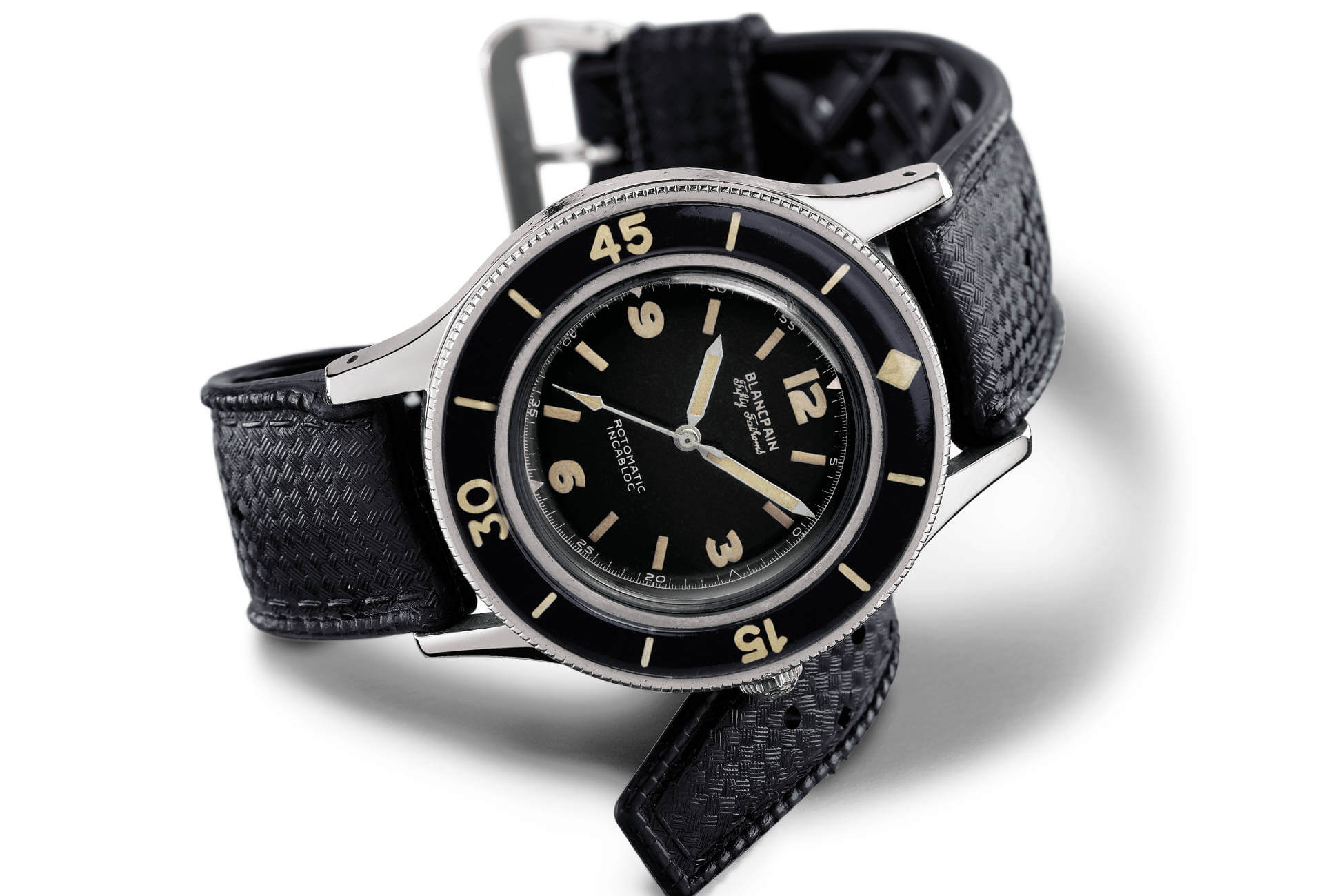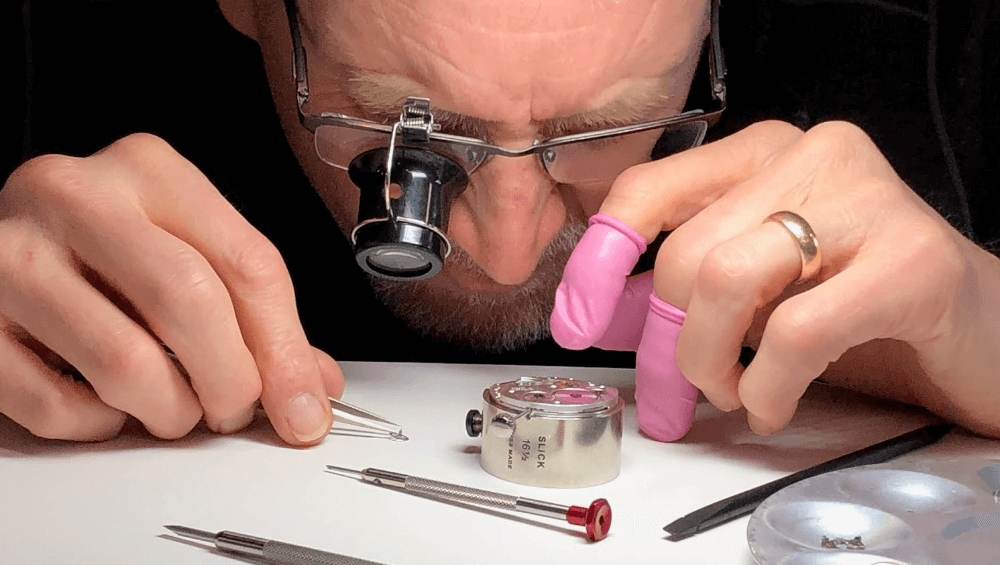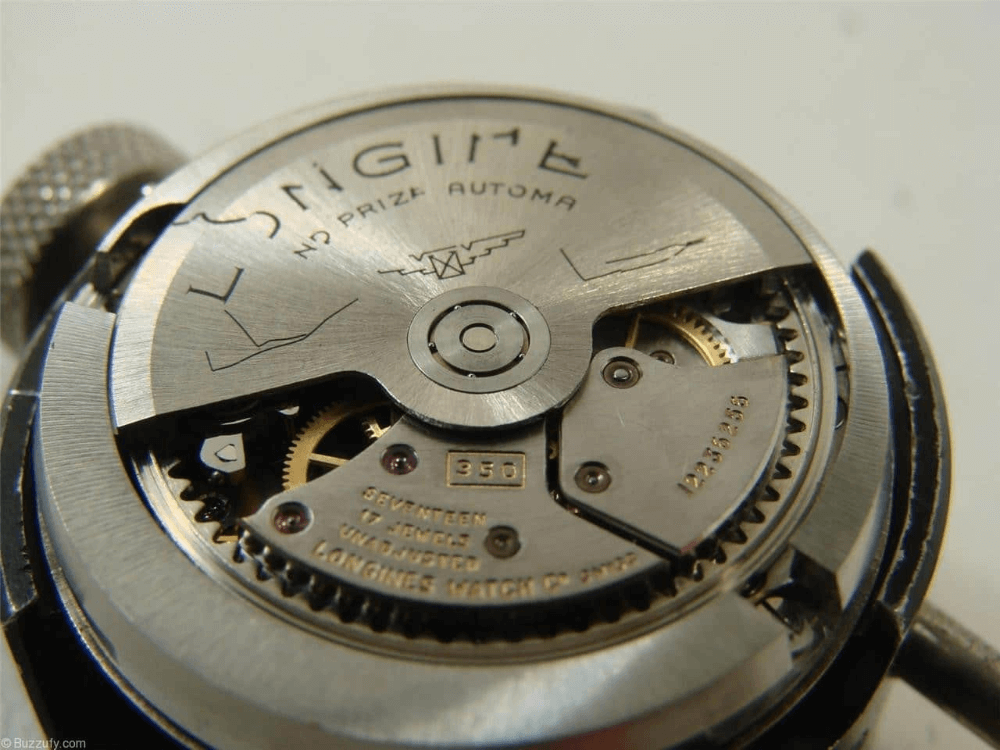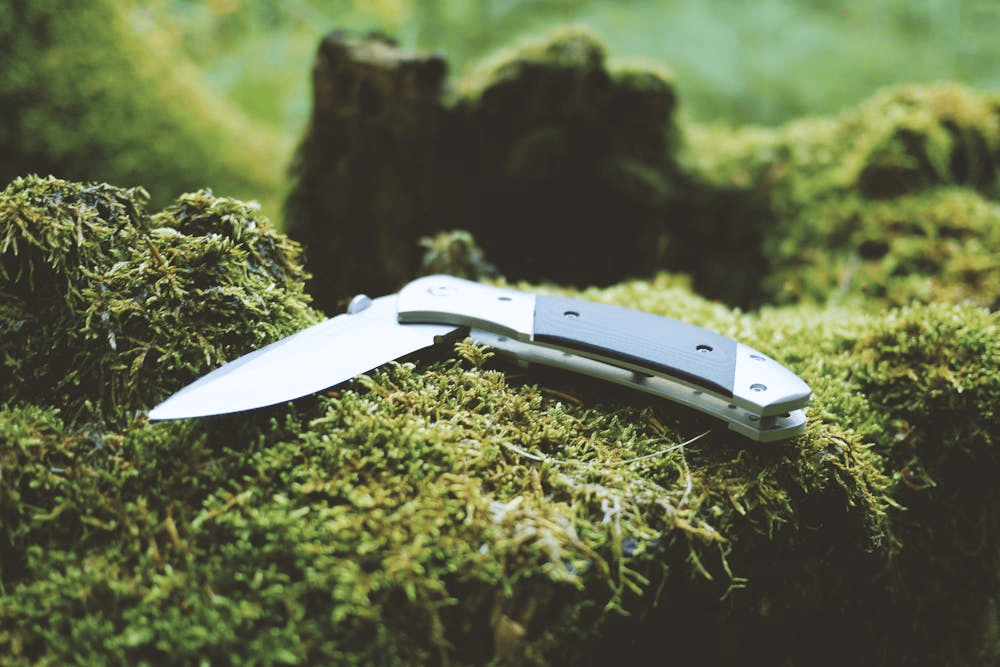Today, you don’t need to be an auction-house “insider” to pick up a few period watchmaking gems. Countless second-hand websites propose original models. So, what should you go for: an original, rare, expensive, mythical yet fragile piece, often inaccurate and for which repairs are likely to become increasingly tricky? Or a reissue, virtually identical down to the finest detail, which you can wear on a daily basis and which will just cost you a fraction of the price of an original and offers proven reliability?

Occasionally, it isn’t that easy to make a choice. Take Zenith, for example. The manufacture has just reissued its El Primero 1969 model, the famous A384. Its components were all digitalized so they could be reproduced, from its 37-mm diameter faceted steel case to its white and black-lacquered tachymetric dial.
The only differences are the sapphire crystal which replaces the acrylic glass, the open caseback which replaces the steel one, as well as the dependable version of the El Primero 400 calibre. All the rest (functions, dimensions, frequency and even the number of rubies) remains the same. Aficionados of close replicas will, moreover, make the connection with Omega: two years ago, the brand released a Trilogy box (557 pieces) containing three perfectly-replicated models of the original Railmaster, Speedmaster and Seamaster. A complicated choice!
All the makings of a star
At Jaeger-LeCoultre, you’ll have to play at “spot the differences”. The Memovox Polaris was created in 1968 and has just been reissued. The manufacture’s wager is clear: focus on the original to explore the cutting-edge. As such, there’s a host of modifications. The dial offers three levels of finish which the 1968 model was devoid of, and lugs which have gone from polished to brushed. The hands are in steel (from gold-coloured on the original). An index has been added at 3 o’clock, the strap has changed, as have the crowns. The caseback, which was previously closed, today invites to admire a totally-revisited movement.

The same holds true for TAG Heuer. This year, the Monaco’s anniversary year (1969-2019), the brand has embraced a fairly-different reissue: the push-pieces are new, the 12-hour chronograph counter has disappeared, the indexes are faceted, the blue is another shade, the minute-tracker has been revamped, etc. As far as these two models are concerned, the question is not so much a choice between the original or the reissue, but basically, which model you prefer.
In the shadow of the crown
With Rolex, the issue is different. Original creations are still to be found but at stratospheric prices. And, contemporary models have constantly been updated. In short, Rolex updates its models but never reissues them.

The Oyster Perpetual GMT-Master is a symptomatic example. The piece was created in 1955. Its famous “Pepsi” bezel became aluminium in 1959. In 1982, its second hand could be set independently of local time: this was known as GMT-II. In 2005, the bezel adorned ceramic. Thirteen years on, in 2018, a third-generation movement saw the light of day (calibre 3285): new escapement, new hairspring, new barrel, amongst others. The choice only gets easier: acquire a historic piece which costs a fortune (around (CHF 100,000) or a sound investment that can be worn on a daily basis for less than 10% of this price. A question of budget and pragmatism.
Changing sports watches
Last but not least, the sport watch field, especially dive watches. The question is different again as the technical capabilities of the watches of the times are outdated so they can no longer be used for diving. For example, purchasing a Blancpain Fifty Fathoms from 1953 is pure aesthetic delight but this period gem is totally unusable for diving.

As such, reissues of this model embrace the essence of the original design but are infused with substantial technical modifications which perpetuate the watch’s subaquatic pursuit. Bezel, crown, case, movement, strap crystal, have been entirely redesigned so that Fifty Fathoms continues to be what it has always been: an operational diver. It goes without saying that you can always purchase an original, but it will be a collector, not a diver.






